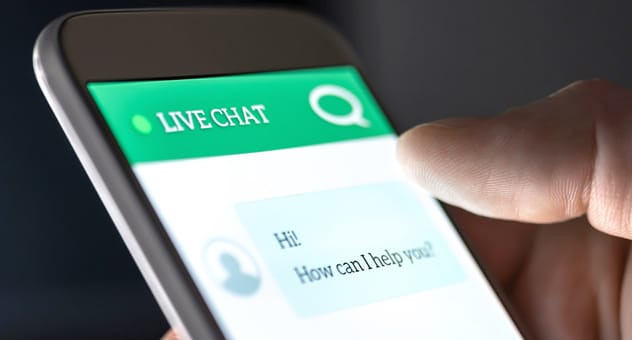

My email to the tech startup about the app I was using to manage my time hadn’t been a complaint – far from it. I’d actually written to tell them how pleased I was with their software. ‘I’m really impressed,’ I’d said. ‘If you ever need a testimonial for your marketing, just say the word.’
Yet the response was as cold as it was perfunctory. They simply said they would bear that in mind. That was that.
It was a small thing, but they turned a raving fan into someone who, if not exactly disgruntled, would think twice about recommending them to friends and colleagues. Subconsciously, my love for their product began to lose its lustre and when the time came to renew my subscription, I didn’t.
Clumsy handling of positive feedback is perhaps the least obvious way to mess up an email to a customer – even though it risks losing you the people you most want to keep, those who will spread the word for you.
Email can often be an inefficient medium. And this is made worse by the fact that we write messages as if the recipient was privy to our thought processes – or at least the facial expressions they’d see if we were speaking to them in person.
But there is a lot you can do to keep the convenience of email while minimising the risks. Here is my list of the five most common email mistakes businesses make – and how you can avoid them:
1. Fail to match the customer’s tone
As my example shows, failing to respond in kind jars. If someone is informal and friendly in their email, reply in the same tone. After all, if a customer greets you in person with a friendly smile, you reciprocate. Likewise, if they adopt a more formal approach, match it.
2. Leave out the salutation
Call me sensitive, but I always feel a little knocked back if I address someone with a ‘Hi [name]’ or ‘Dear …’, only to get a reply starting simply with ‘Rob’. Email is a hybrid of the memo and the phone call. As such, we’re still not quite sure what conventions to adopt, but politeness should be a given. Similarly, it’s safest to address customers the way they address you.
How you sign off is equally important, so don’t be in too much of a hurry to add your name and press send. Again, match the customer’s tone and level of formality. ‘Kind regards’ or ‘Best regards’ are both good. But if they’ve written ‘Cheers’, so can you. If you’re writing the first email and you’ve never spoken to the customer before, start off fairly formally – you can always adopt a chattier tone later if they do.
I must admit, I’m puzzled by the rise of signing off with just ‘Best’. Best what? It makes me wonder what the recipient does with the time they save by leaving their sign-off half finished.
3. Write like a robot
Remember, email is just another way to communicate with a fellow human being. You still need to strive for some kind of connection. Writing an email is a lot more than getting something off your to-do list. It’s a human connection to someone spending their money with you.
4. Write them a novel
Emails that run to three screens seldom get the response the writer wants. At best, they confuse matters; at worst, they’re ignored. Keep to one screen if you can.
In fact, email is not always the best way to communicate complex issues. Next time you find yourself agonising over a message for half an hour, try picking up the phone.
5. Reply in haste (especially if you’re angry)
We’ve all had them: snot-o-grams that a customer appears to have bashed out with their fists. Yet one advantage email has over other forms of communication is that it allows you time to think before responding.
The disadvantages are that it’s permanent and easy to share, so responding in kind to an angry email will seldom end well. It could be all over social media in minutes. Yet it can still be tempting – especially as smartphones allow us to receive such messages at what could be a bad time. Resist the temptation and flag the message, close your email or laptop and do something else. Better a slow reply than a quick one that you instantly regret sending.
Given the list of ways to get it wrong, you could be forgiven for thinking that sending customer emails is a minefield. It can be. (This is probably why our Effective email writing and Writing to customers in-house courses are among our most popular.) Many people get it wrong, but by following this advice, you can at least make sure that you’re not one of them.
This article originally appeared in a slightly different form in the Guardian.
Image credit: bikeriderlondon / Shutterstock





